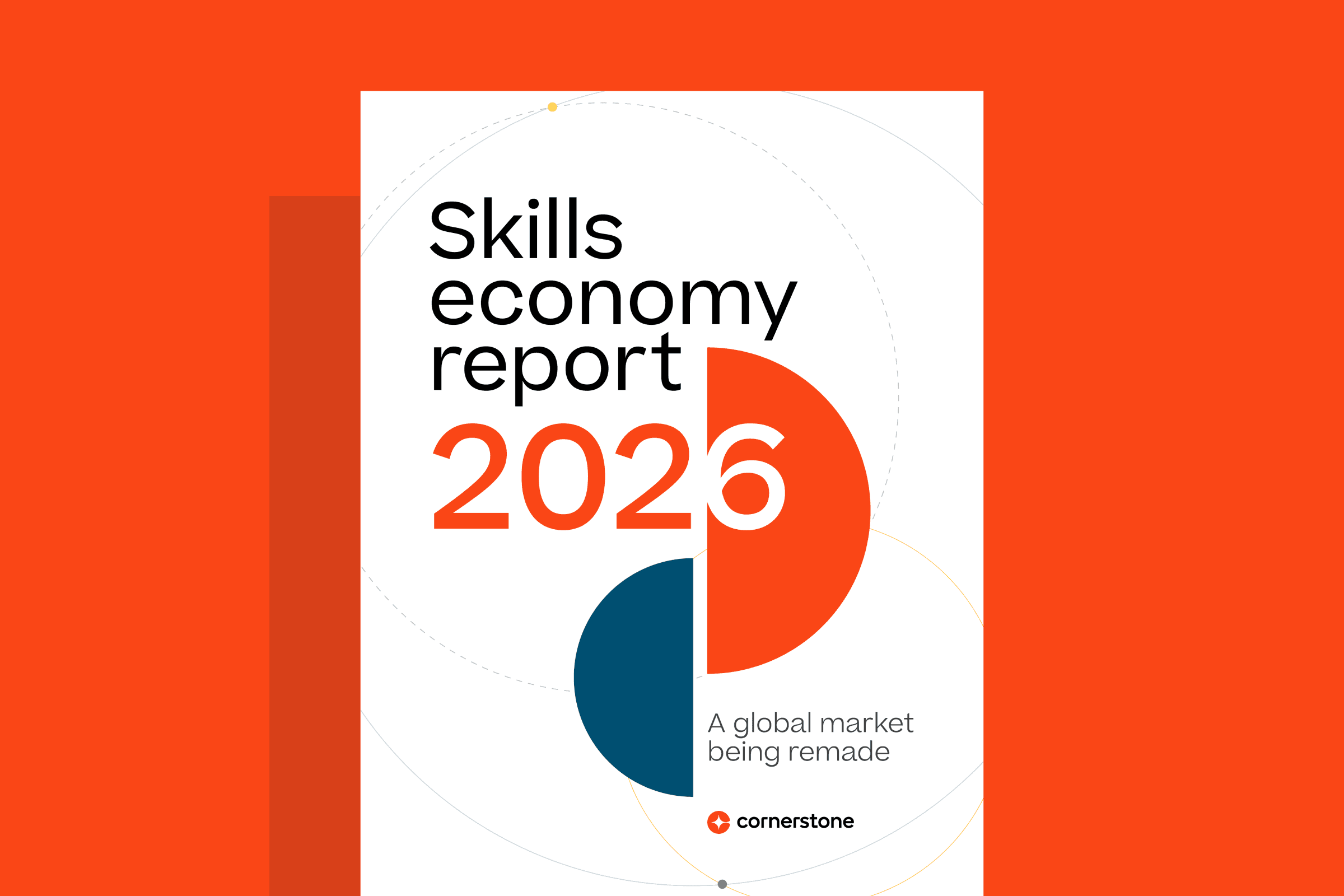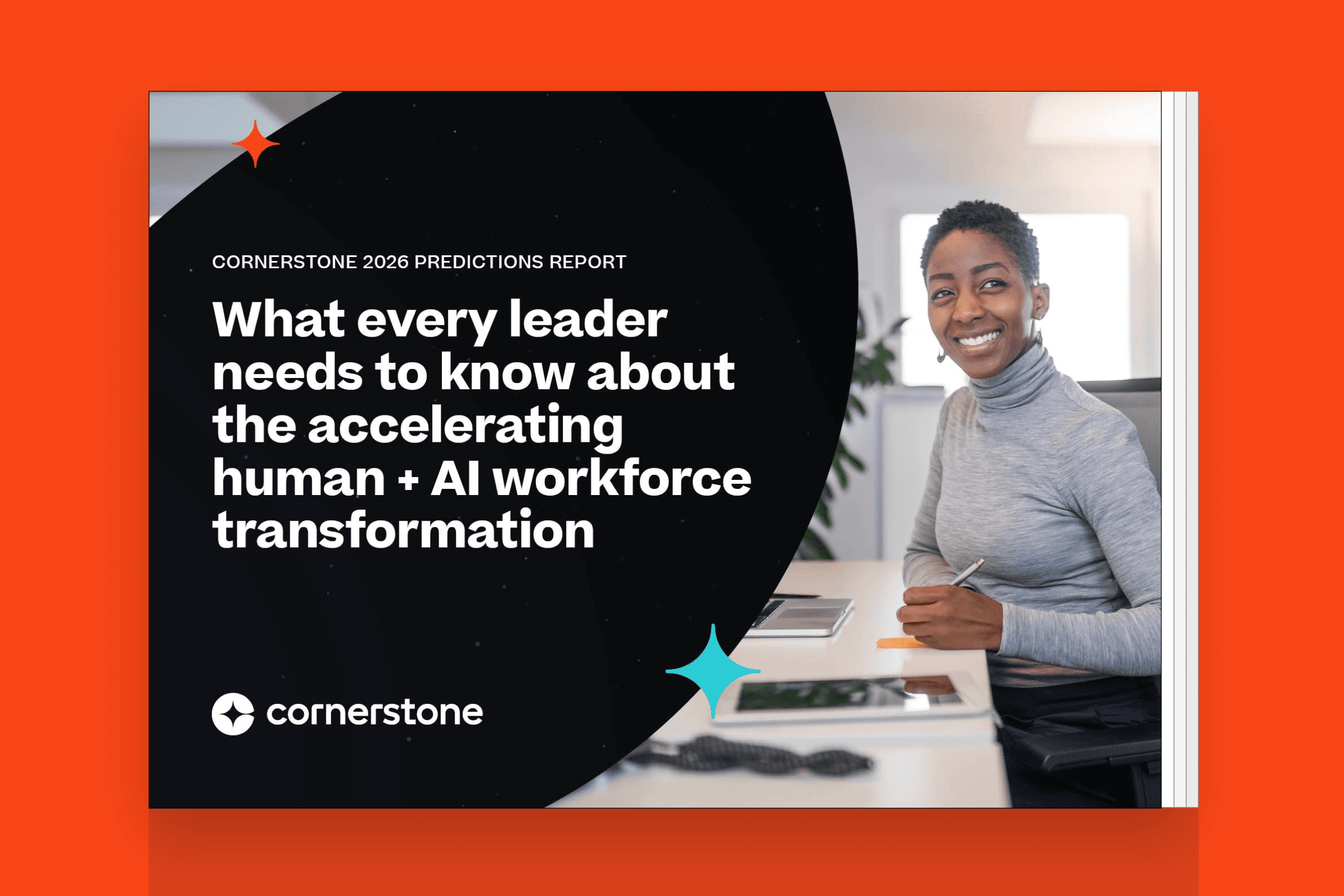Organizations are investing in talent development now more than ever. According to LinkedIn's 2017 Workplace Learning Report, talent is the top priority for 69 percent of learning and development (L&D) professionals. And despite the rise of new learning technologies, a majority of L&D professionals—78 percent—say in-house, instructor-led classes are still the primary way they teach employees.
There's just one problem: this learning approach no longer appeals to today's workers.
Modern learners expect a more personalized, engaging approach to learning and won't stick around at companies that don't deliver it—42 percent of millennials, for example, say they are likely to leave their company because they aren't learning fast enough. In order to meet their evolving needs and expectations, organizations must adopt emerging HR learning technology trends.
Here, Erin Krebs, director of client solutions for custom training company SweetRush, outlines four learning technology trends L&D professionals should consider implementing in order to not only help today's employees learn, but also retain them.
1) Virtual Reality Based Learning
"Ten years ago, [the learning trend] was e-learning. Five years ago, people were just starting to nip at the heels of mobile learning," Krebs says. Now, virtual reality (VR) is having a big moment.
VR can be applied in many learning scenarios. For example, learners can use it to simulate real-life situations, which enables them to practice particularly challenging tasks in a safe space, or gain experience working with expensive equipment virtually.
Despite its potential, successfully incorporating VR into learning is often a challenge for L&D professionals. "[VR] is a huge trend and it's not going away, but there's still a lot of trial and error and evolution that has to happen to figure out how to best use these tools," Krebs explains.
The price of VR technology is often a limiting factor. Most organizations can't afford to provide $3,000 VR headsets to 15,000 employees. But Krebs doesn't see this as a downside; it's a challenge, and an opportunity to be creative. Her solution: companies can use $10 Google Cardboard VR headsets, which just require a smartphone to deliver a VR experience.
2) Enable Remote Learning
Remote work is growing in popularity—more than 43 percent of Americans worked remotely in 2016.
When considering how L&D professionals can create more authentic remote learning experiences, Krebs looks beyond traditional productivity tools. For example, rather than relying on webinars to deliver remote learning, Krebs urges companies to make use of more innovative tools such as Lucidchart, which enables interactive virtual white-boarding; Loom, a Google Chrome add-on that allows users to record and share short videos of their computer screen; or Slack, the popular messaging and file sharing app that can be used to facilitate learner questions.
"L&D leaders have been developing webinars for several years, but now we need to actually create meaningful moments and experiences. That's definitely an area of learning technology that's going to continue to grow," Krebs says.
3) Gamification-Driven Learning
Gamification can be used to improve engagement, boost productivity and increase motivation to partake in learning activities by introducing a competitive element.
"What's powerful about gamification are the underlying components of what makes a good game," Krebs explains. When incorporated into learning, gaming elements such as risk, storytelling, rewards and recognition can be powerful motivators. The key is to weave these elements into learning in an intelligent way that aligns with the culture and brand of an organization without being cheesy, she says: "If I'm working with a luxury hotel, I'm not going to create a game for them that's points and badges and is super cartoony or Jeopardy-like. That's not really the vibe of that brand."
Leading organizations are already incorporating this HR technology trend, encouraging healthy team competition and making learning courses more fun by implementing gamified elements such as leaderboards and status symbols.
4) Learning That Pushes the Envelope
Though it's worthwhile to ask employees what they expect from a learning experience, they may not be fully aware of what they actually need. Krebs likens this challenge to one that Henry Ford described: "If I had asked my customers what they wanted, they would have told me faster horses."
Pushing employees to embrace new learning technologies and processes can be challenging, but Krebs doesn't shy away from it. "[Employees] are going to tell you they want faster horses," she says. "So, make them a car. Meet the need, understand the need, but don't be afraid to design a solution that is different."
For example, Krebs recently worked with a cosmetics industry client that wanted to build a career planning app. Krebs decided to experiment with game-like components for it. Choosing the right career path reminded Krebs of online dating, so she opted for a fresh approach to the career app and used the functionality of popular dating app Tinder as inspiration.
"It's a good lesson for people in talent development," she says. "Often we keep reinforcing the things that we have done in the past, even if those things haven't been successful...versus saying, let's try something we've never done before because it may be better."
By continually innovating and capitalizing on new learning technologies and L&D trends, organizations can begin to shape the future of learning. Pursing a solution that differs from what has been done in the past can be scary, but it's an essential part of engaging modern learners and evolving the corporate learning experience. Until L&D professionals take that leap, employees may not know what they are missing.
Photo: Creative Commons


